Give us back the headphone jack: why USB-C audio is still not working
Do you have an analog or digital device? You will not know until it breaks.

Manufacturers of smartphones: it's time to listen to us when we say that we need to return the 3.5 mm headphone jack back to the phones, at least until you understand the operation of USB-C. Having connected a bunch of USB-C dongles and headphones to the USB-C mount phones, I found that the whole mess is going on in this area, especially if you take third-party headphones. And that's why.
Why can not connect any USB-C device to any phone
The first problem is the lack of basic compatibility. For example, if you take the USB-C dongle that came with the Motorola Z2 Force or the Sony Xperia XZ2, it will not work with the Google Pixel 2 XL, Samsung Galaxy S8 or OnePlus 6.
')
At the same time, the dongle from the Pixel 2 XL kit will work with all the listed phones, just like the headphones that come with the Huawei P20 Pro.
But if you take the dongle out of the box with the Huawei P20 Pro and connect it to Pixel 2 XL, as a result, nothing will come of it.
And, yes, the headphones from the HTC U11 kit won't work on many phones either. In such cases, sometimes you just want to trample headphones or dongle.
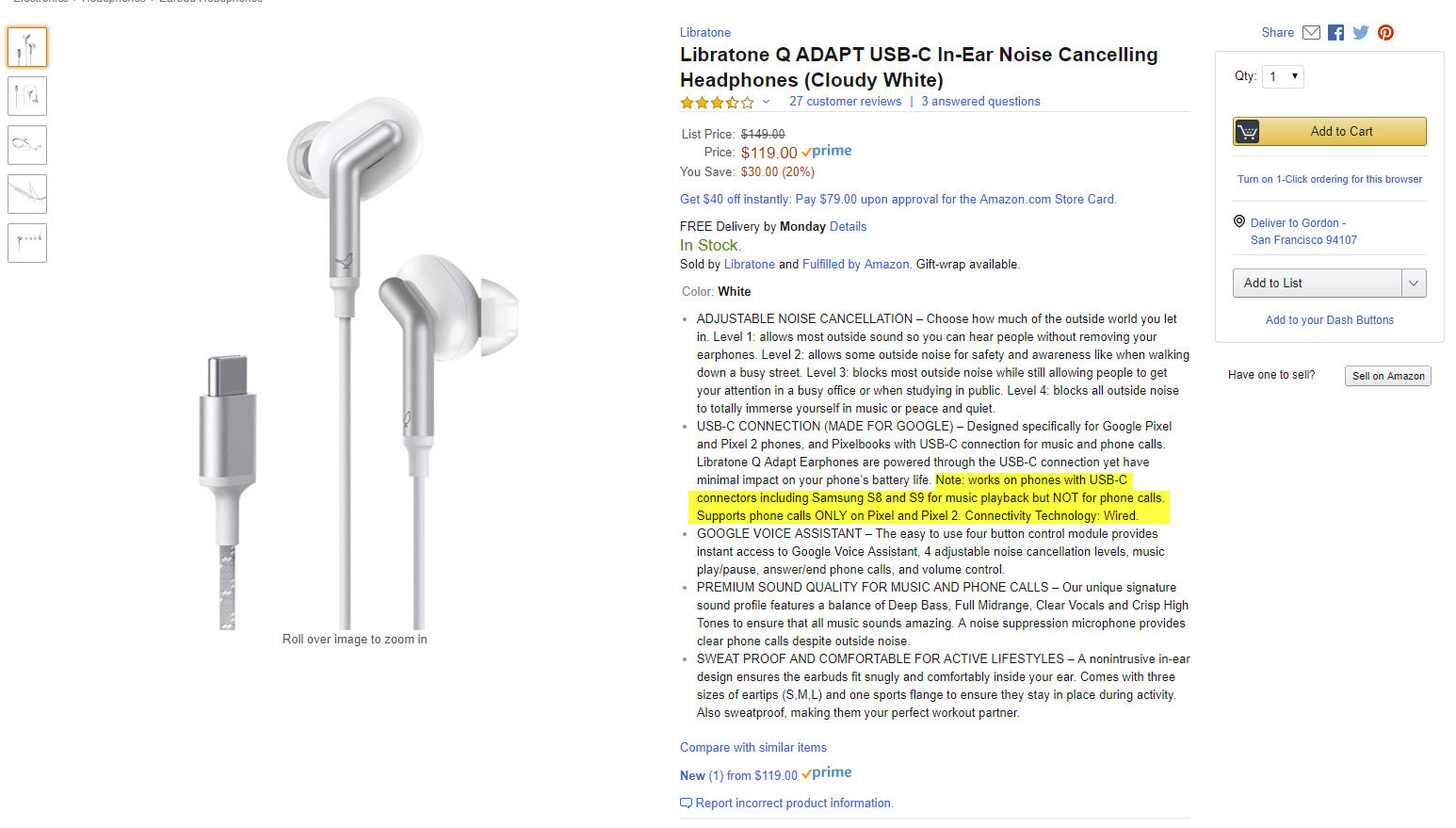
Libratone Q ADAPT headphones on phones other than Pixel 2 XL work only for listening to music, but not for phone calls.
Why your USB-C dongle will probably not work
These incompatibilities, apparently, appeared because of how each phone manufacturer put into practice dongles and headphones that came with it. A key component is the presence of a D / A converter and a D / A converter in the headphones. DAC, as the name implies, converts a digital audio signal to analog.
Most of my tested dongles from the phone kit - from Lenovo, Sony, and Huawei - do not have a DAC. They rely on the built-in phone DAC, which will convert the signal into analog before issuing it to the headphones via USB-C. These phones work with a USB-C port as with a 3.5 mm jack plug, made in the form of USB-C, so these analog devices cannot be fully called USB-C-dongles.
The exception is one of the dongles I've seen that comes with the Google Pixel 2 XL. It has a built-in DAC that receives a digital signal from the phone. Since this is, in fact, a USB audio device (a class of USB devices that work where there is USB), it works almost the same on all phones where I tried it. Such devices can be considered digital USB-C dongles.
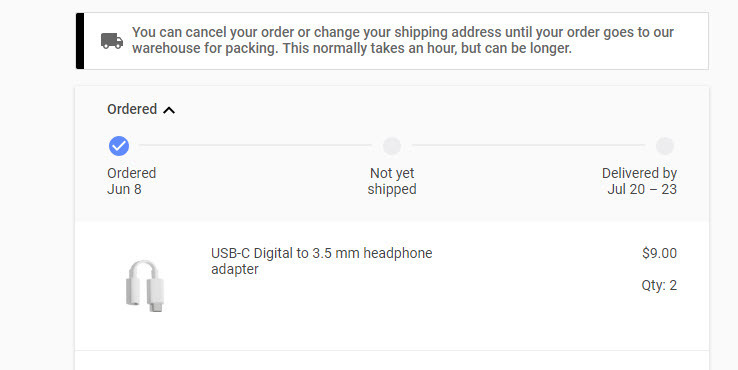
Thanks, google. I was right urgently needed a replacement dongle, but now it is usually all sold out.
Most phone manufacturers do not include digital USB-C dongles with a DAC. Why? I think because of the cost - everyone knows about this who remembers the fierce criticism of Google’s plans to sell digital USB-C dongles for $ 20. (If you need such a thing, you can buy it at a more reasonable price of $ 9 [the author writes about $ 9, but under the link I see the price of $ 12 / comment. Transl. ]).
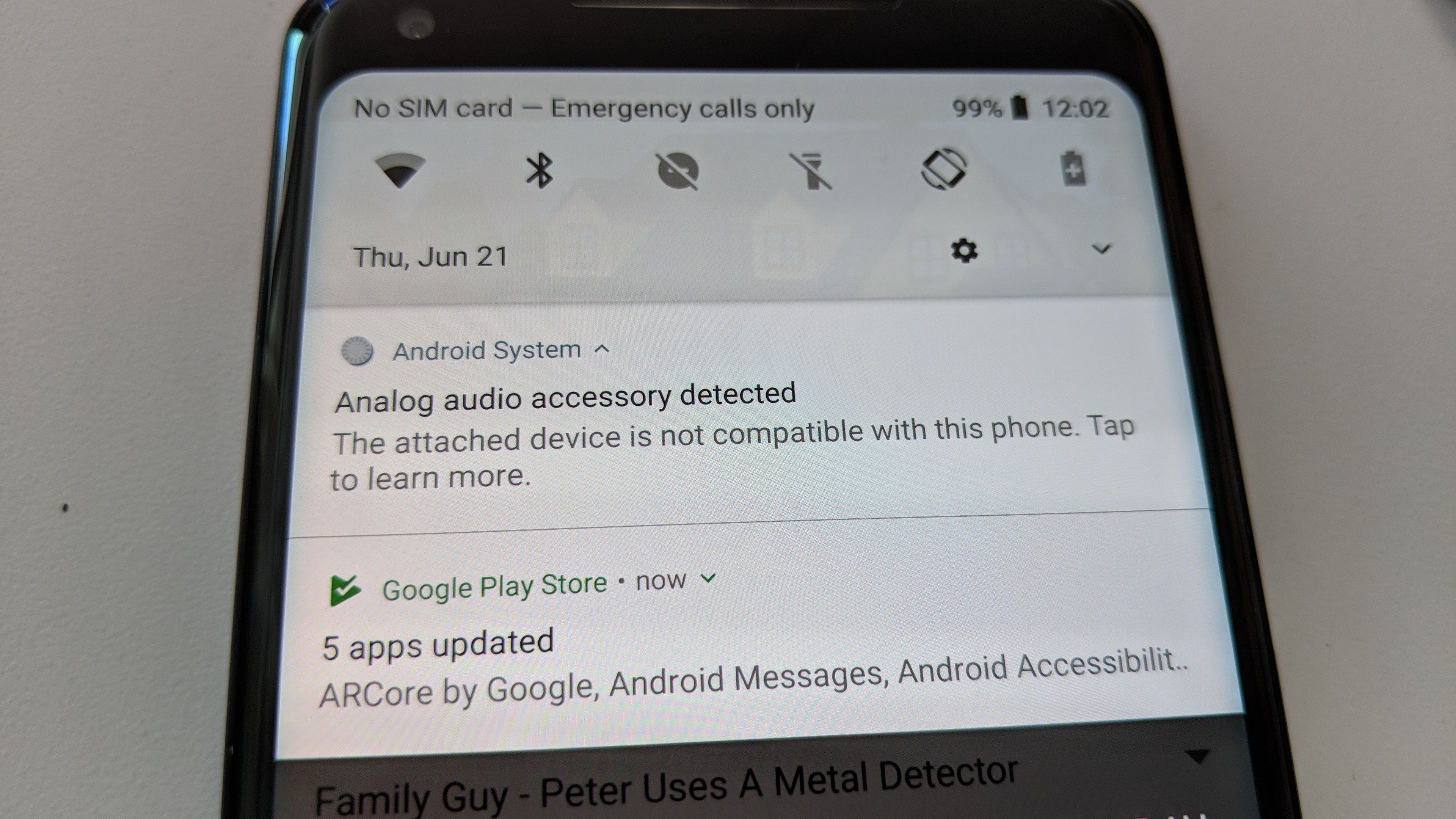
Connect an analog or passive USB-C audio adapter or headphones to the Google Pixel 2XL and you will not hear anything
No USB-C Consistency
The lack of uniformity and logic disappoints in all of this. Why is the analog USB-C dongle not working on Pixel 2XL or OnePlus 6 if both phones (at least their US versions) are based on Qualcomm Snapdragon 835 and Snapdragon 845 , both of which must include an Aqstic DAC?
In defense of Google, I’ll say that a company representative told us that they simply follow the rules. Although analog audio can be transferred via USB-C, it is not included in the headphone specifications. It might have been convenient, but it is not in the requirements, so sorry!
What is even more annoying is the fact that several phones work with a digital dongle from Pixel 2 XL, but only if you enable it in the USB storage system. Yeah, very intuitive. Even worse, it needs to be done every time you insert a headphone or dongle.

LG G7 with digital headphones from Huawei P20 Pro does not work until you turn on USB data transfer - every time after connecting
However, there is hope.
Included with the Huawei P20 Pro are both digital headphones and analog dongle. You may get confused trying to use an analog dongle somewhere else, but the P20 Pro just works. He even tells you what exactly is happening, no matter what device is stuck into it.
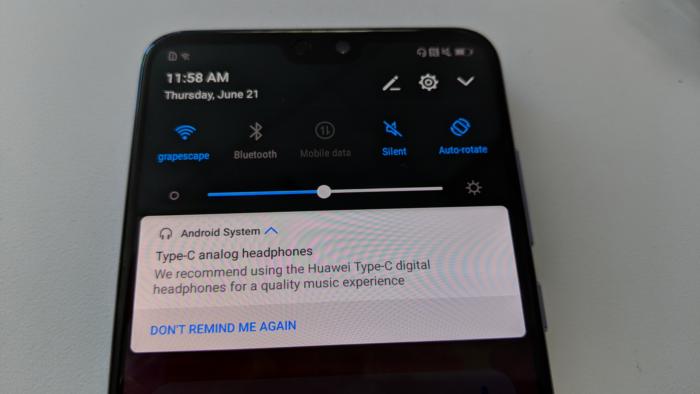
With the included digital headphones, it just works. If you dare to plug in a third-party adapter, for example, a digital dongle from Pixel 2XL, you will receive a warning - but it will still work and automatically supply power to it. There will be no problems with the analog dongle.

Useful information from Huawei P20
Trying to figure out which phones they do, and which dongles and headphones they come with, I brought out certain patterns.
Phones with 3.5 mm and USB-C
Most phones (for example, LG G7, Samsung Galaxy S8) with USB-C and 3.5 mm analog audio connectors work with digital headphones and dongles. However, most of them force you to turn on USB-C file transfer after connecting. But it's better than not working at all when you're on a plane and want to listen to music. Almost no phone supports analog dongles, but since they have an audio jack, they are not needed.
Phones with USB-C only
On phones that get rid of 3.5 mm connectors, analog dongles work almost always. For example, Huawei P20 Pro works as it should. The Sony Xperia XZ2 also works great with analog dongles, like the Lenovo Z2 Force (both come with an analog dongle).
But…
I’ve come across exceptions — and I’m sure there’s a lot more — which includes the Google Pixel 2 XL and the new Razer Phone. They generally do not have an analog transmission. And if Google sends you to a site where you can buy a digital accessory, then Razer Phone does not even bother to tell you why you do not have audio.
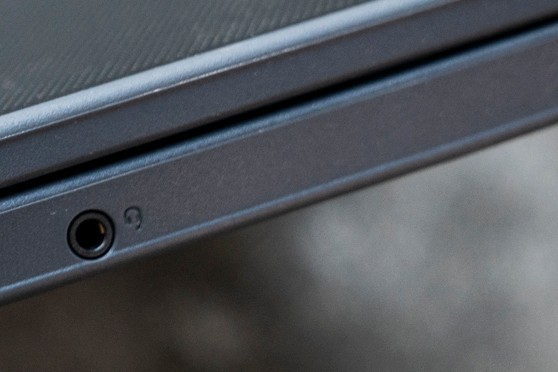
Good old analog headphone jack just works
And the problem will only grow when people update their devices and the number of USB-C headphones and dongles will increase. After all, admit it: you can sell or give away the phone, but most likely you will keep the headphones or dongles for yourself.
Oh, if only we had a practically universal technology or a port that would work exactly as expected from it ... Hmm ...
Source: https://habr.com/ru/post/423363/
All Articles